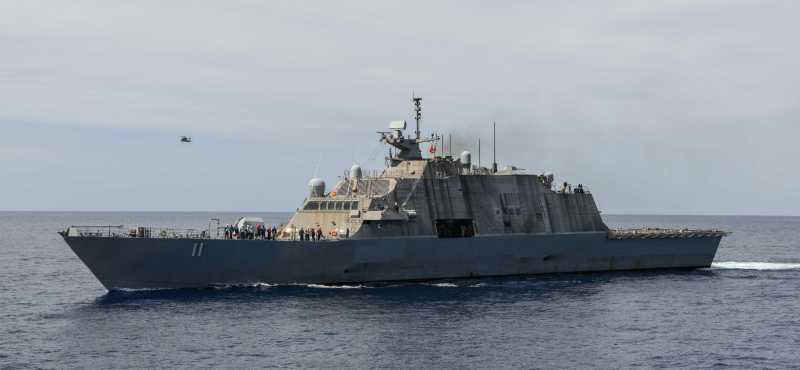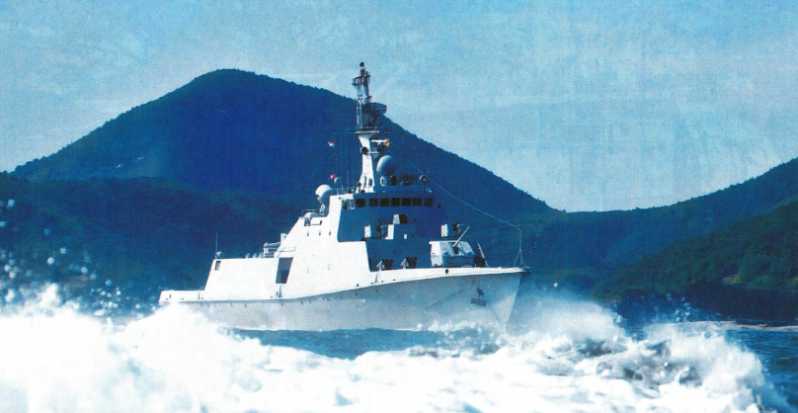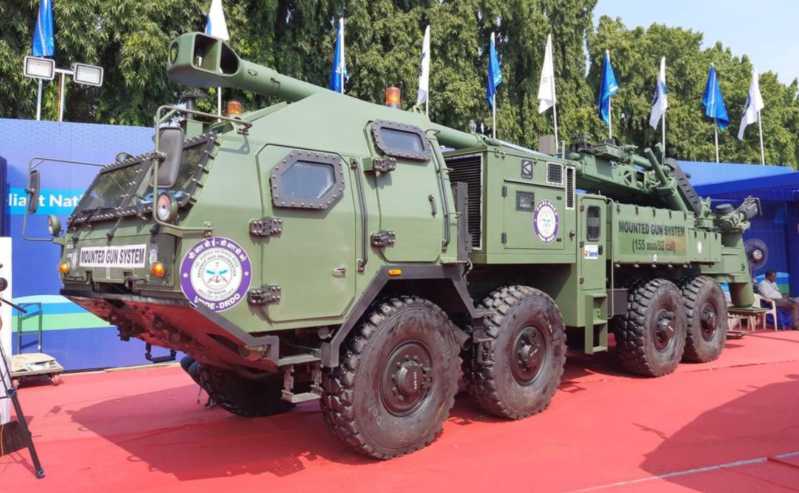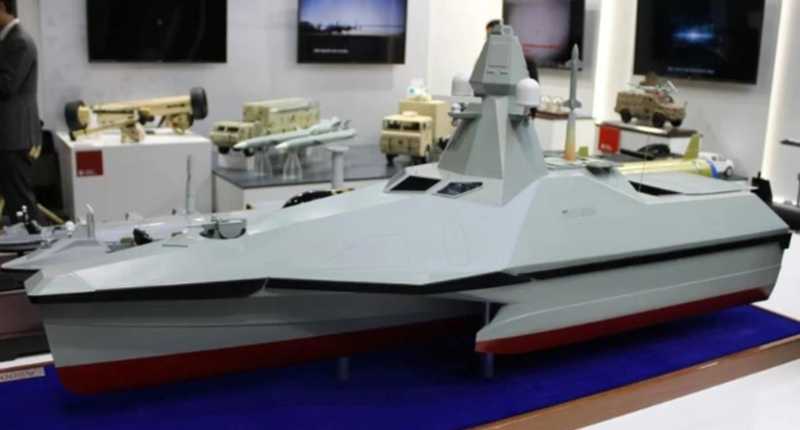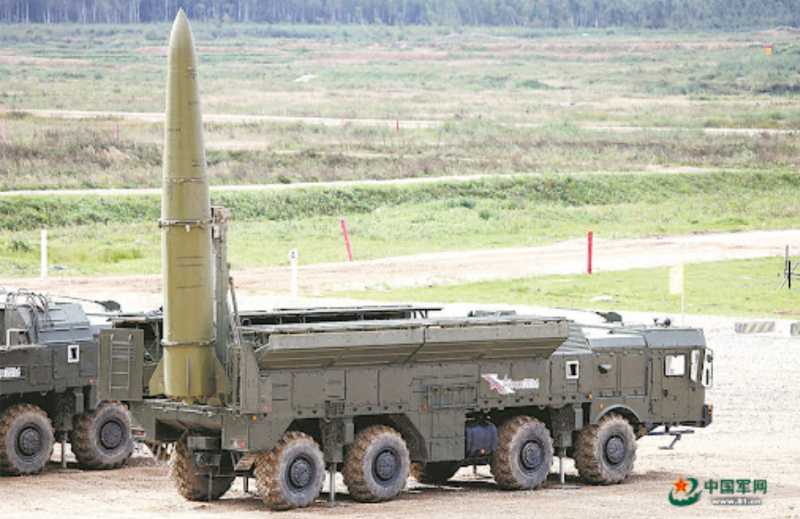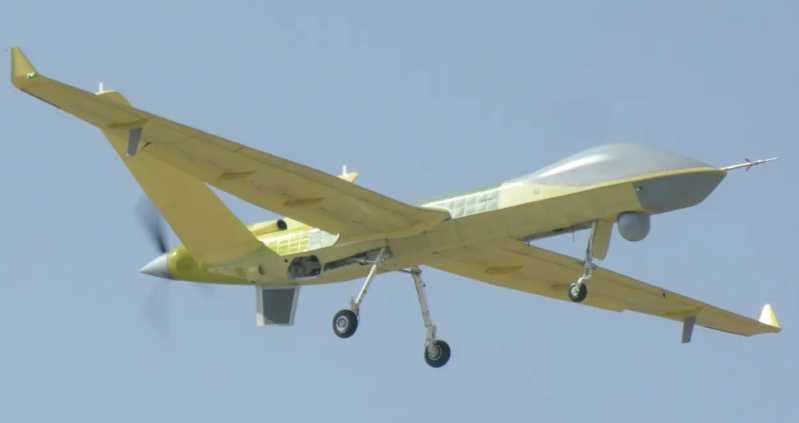Recently, news has spread that the DPP authorities are planning to purchase littoral combat ships from the US Navy. Mei Fuxing, director of the Taiwan think tank "Taiwan Strait Security Research Center", previously wrote that since last summer, the Taiwan Navy has been "ordered" to negotiate with the United States and plans to purchase six retired littoral combat ships from the US Navy at a price of NT$700 million (approximately less than RMB 200 million) per ship. However, it is not clear which type of littoral combat ship they plan to purchase. If this plan is implemented, it will be the first time that Taiwan’s defense department has purchased American warships since the "Guanghua 7 Plan" more than 20 years ago.
Why retire early
After the disintegration of the Soviet Union, the main maritime opponent of the United States suddenly disappeared, and the combat environment and targets of the US Navy have undergone tremendous changes. The main combat targets have changed from the Soviet Union to those small and medium-sized coastal countries that dare to challenge the United States, as well as maritime terrorists that pose various threats to its maritime hegemony and strategic waterways. Most of the maritime military operations carried out are of medium and low intensity. Its military strategic focus has gradually shifted from the ocean to the coastal waters of many countries, thus developing a special type of ship, the littoral combat ship.
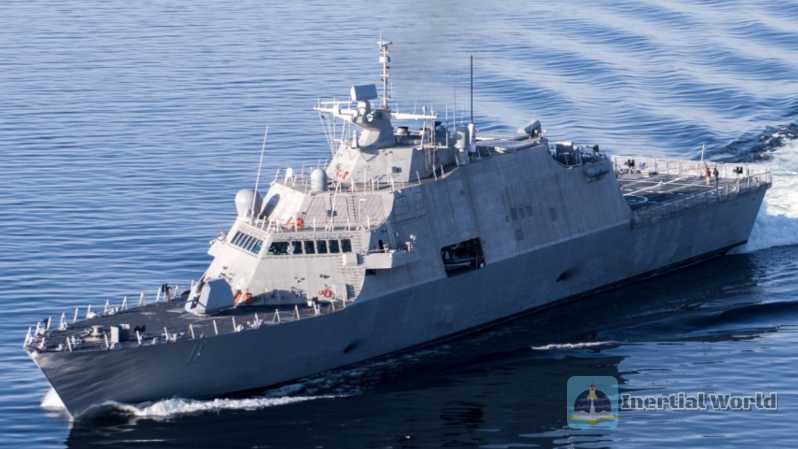
As a project vigorously promoted by the US Navy since the beginning of the new century, the total investment in littoral combat ships has been Nearly $30 billion, but due to high accident rates and design flaws, the project has been controversial. In recent years, the U.S. Navy has retired several littoral combat ships ahead of schedule, and even plans to seal all the active "Freedom" class littoral combat ships. Why are these new ships that have only been in service for a few years retired ahead of schedule?
The reason is that the mission modules of the scheduled equipment do not meet the actual needs. As we all know, both types of littoral combat ships have reserved large mission cabins to carry anti-ship, air defense, anti-submarine, minesweeping and other mission modules according to different mission needs, thereby improving combat flexibility.
However, in actual use, the weapon configuration of the littoral combat ship is relatively weak, and the surface warfare module is only equipped with a 57mm naval gun. Because anti-ship missiles have been out of stock for a long time, the U.S. Navy has chosen the AGM-114L "Longbow Hellfire" missile with a range of 8 kilometers as a substitute. Air defense relies entirely on a MK-15 The Mod31 Phalanx secondary gun has at best a terminal point air defense capability. Moreover, it takes a lot of time to replace the mission module, resulting in low efficiency. Therefore, the US military later decided to directly install fixed modules on each littoral combat ship, which can be used as a minesweeper or anti-submarine ship.
In addition, the modular structure of the ship requires that each crew member must have the ability to perform multiple tasks, which leads to the reduction of the crew’s proficiency in performing each task, the increase of the training cycle, and the improvement of the crew’s quality requirements. Under the multi-task modular technology, the basic training skills of the "all-round" crew are generally not as solid as the "special" crew on the destroyer. At the same time, the shortage of crew members also reduces the emergency response capabilities of the ship under sudden events, which leads to the reduction of the ship’s survivability. These technical shortcomings offset the technical advantages of automation level and multi-task module structure to varying degrees.
There is also the power problem. Since the ship type selection and power configuration of the littoral combat ship are based on the high-speed state as its design optimization benchmark, the ship’s rapidity efficiency is poor in the cruising state and the linkage gears frequently fail. In 2013, the "Freedom" had three accidents and five failures during its first overseas deployment of 8 months. Among the causes of the failure, the exhaust system of the diesel generator was flooded or had problems itself, which accounted for a large proportion.
In addition, the construction cost of the littoral combat ship is higher than that of the average tonnage of large ships, and the cost-effectiveness is too poor. The expensive part is mainly the crew, power unit and electronic equipment. Taking the power system as an example, two MT30 gas turbines have high power and light weight, but the price is close to that of the Type 45 destroyer. In addition, due to over-reliance on contractors, its maintenance costs remain high. In order to make up for the problem that the littoral combat ship cannot play the required combat functions in future operations, the US Navy has focused its development on the newly developed "Constellation" class frigate. US Navy Chief of Operations Gilday said that the "Constellation" class frigate is equipped with a vertical launch system and a baseline-10 "Aegis" combat system. It can act independently or join the joint operations of the surface ship strike group. It will provide the US Navy with a variety of options, which is conducive to the US Navy to seize and maintain maritime advantages.
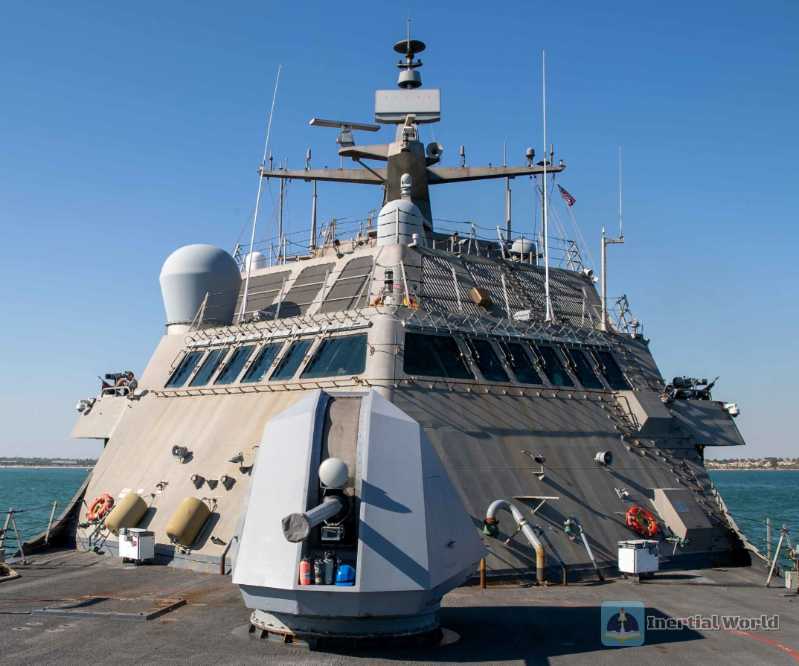
Looking for a "takeover man"
The US Navy originally envisioned that the littoral combat ship with high speed and stealth advantages could be combined with the main US warships to defeat the "asymmetric threat". However, when the littoral combat ship began to serve, the US Navy was surprised to find that the modernization speed of the potential opponent’s navy had exceeded the expectations of the Pentagon. The U.S. Navy has even proposed some new strategies and tactics, such as the "distributed combat concept", which aims to use the islands scattered in the South China Sea and the East China Sea to conduct maritime guerrilla warfare.
But in this way, the littoral combat ship has lost its place, and the littoral combat ship project has exposed countless design flaws. In order to make up for these loopholes, the Pentagon’s investment cost has soared from the initial $15 billion to $50 billion. In the end, Congress could no longer bear it, and from 2021 onwards, it cut the funding of the project year after year, and required the U.S. Navy to retire a batch of littoral combat ships and tilt resources to the "Constellation" class frigate project. However, these ships that have been built cannot be retired, after all, the cost is so high. In order to recover some economic losses, the U.S. Navy began to promote littoral combat ships everywhere, openly and secretly fooling people to buy them, and looking for "takers" for them.
Taiwan has always been regarded by the United States as a "second-hand arms recycling market", and "takers" are naturally inevitable. It is reported that since last summer, the Taiwan Navy has begun negotiations with the United States to purchase six littoral combat ships to replace the "Jiyang" class frigates (formerly the US Navy’s "Knox" class frigates) that are still in service. The "transfer fee" for each warship is expected to be about US$20 million. If it can be implemented, this will be the first time the Taiwan military has purchased US warships again after a lapse of 20 years. The last time the United States sold warships to Taiwan was in 2003, when the United States sold four "Kidd" class destroyers from the 1980s to the Taiwan Navy for US$730 million.
Regarding the issue of Taiwan’s possible purchase of littoral combat ships, at a regular press conference held by the Ministry of National Defense, Colonel Wu Qian responded: "The DPP authorities are "relying on the United States to seek independence" and are turning Taiwan into an "arsenal" and "explosive island". This is pushing Taiwan into the abyss of disaster and will inevitably bring great harm to the Taiwanese people. Taiwan’s security depends on the peaceful development of cross-strait relations. It is simply unreliable to rely on a few American weapons."
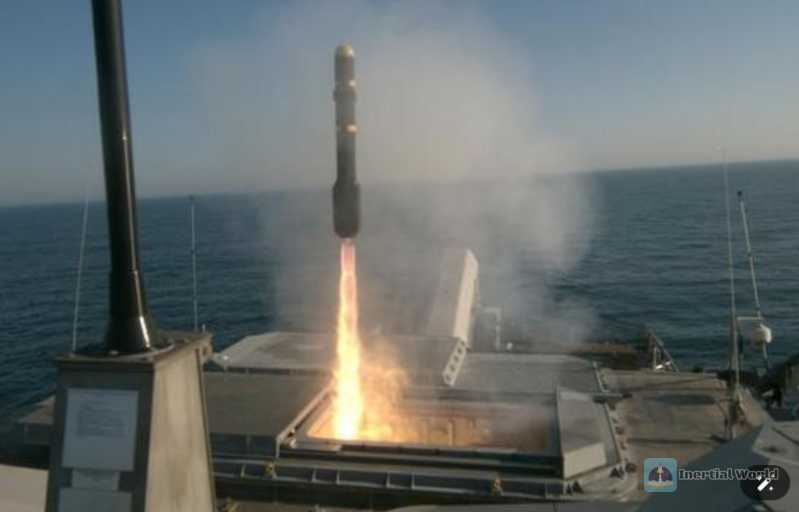
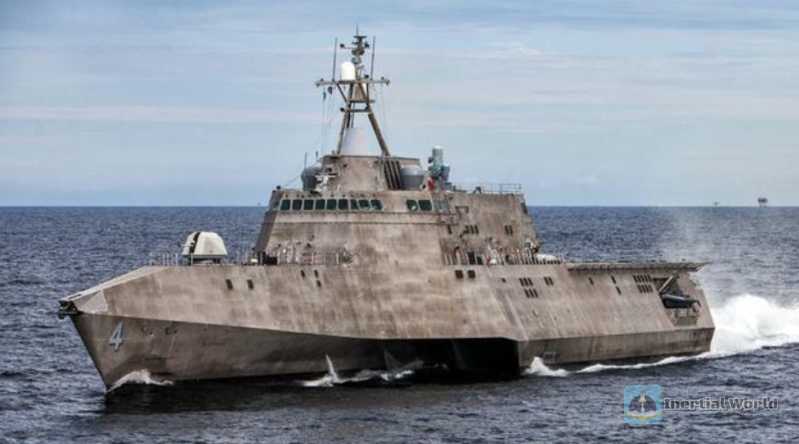
No confidence in self-built warships
According to Taiwanese media reports, in late November 2023, the Taiwan military’s "light frigate air defense prototype ship" officially started construction at the CITIC Shipyard in Cijin, Kaohsiung, A ceremony for cutting the first steel plate was held. As one of the most important projects of the Taiwan military, a number of senior officials from Taiwan attended the ceremony, and Han Bixiang, chairman of CITIC Shipbuilding, even vowed "only success, no failure."
Although the momentum at the beginning of the construction was strong, the Taiwan military did not seem to have high expectations for the new generation of frigates. According to a recent report by Taiwan’s United News Network, Mei Fuxing, director of the Taiwan Strait Security Research Center, revealed to the media that Taiwan is planning to purchase six retired littoral combat ships (LCS) from the United States at a unit price of US$20 million, and related negotiations have been launched this summer. Previously, US officials also revealed that the Taiwan military "received instructions from superiors" to purchase retired littoral combat ships to replace the Taiwan Navy’s old "Jiyang" class frigates. Taiwan Strait The military command flatly denied the news, saying that the Taiwan military has no plans to purchase retired US littoral combat ships, but will have more cooperation with the United States on ship combat systems in the future.
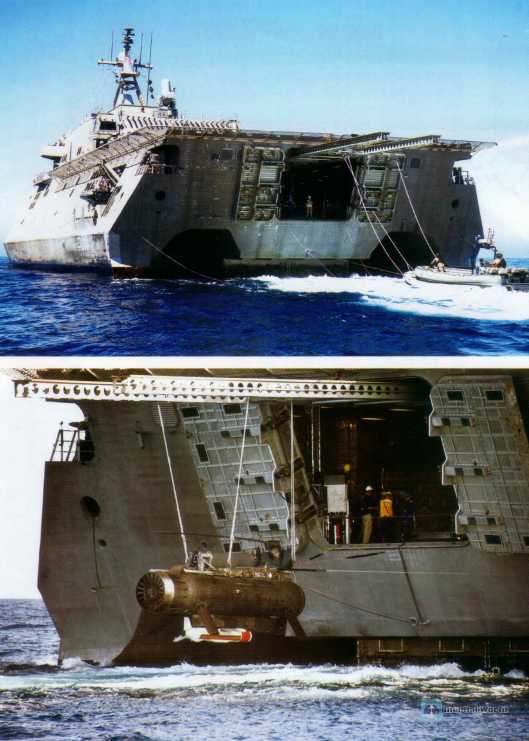
The news that Taiwan is considering purchasing littoral combat ships from the United States while promoting the construction of light frigates has attracted so much attention, also because of the repeated failures of the previous shipbuilding plan. In fact, Taiwan’s light frigates today are the original Aegis ship concept that has been shrunk step by step.
As early as 1983, the Taiwanese authorities visited the US Navy’s "Ticonderoga" class cruiser and the "Arleigh Burke" class destroyer under construction, and they had great interest in the Aegis ship. Interestingly, the Taiwan Navy immediately started the "Tian Dan" plan to build Aegis ships, trying to integrate the ANSPY-1 phased array radar into the "Perry" class frigate. But after a series of tests, the Taiwan Navy found that AN/SPY-1 was too heavy, and the 4,000-ton "Perry" class had problems such as too high center of gravity and insufficient power supply after installation. It could only be officially terminated in 1995 after consuming 15 years and NT$32 billion.
After entering the 21st century, Taiwan once again started to build Aegis ships independently. In 2016, Taiwan announced 12 shipbuilding plans, including the new generation of Aegis frigates "Zhenhai" class, which planned to build a type of Aegis frigate with a displacement of 4,500 tons, equipped with phased array radar and vertical launch system. In the first few years of the construction of the "Zhenhai" class, everything seemed to be going smoothly, and the testing of various subsystems of the ship was carried out one after another. However, there was no progress in the subsequent construction work. It was not until April this year that Taiwan military officials admitted that the "Zhenhai" class had failed and would switch to building a 2,000-ton light frigate in the future.
Today’s "light frigate" is the result of the Taiwan Navy’s second-best choice after the failure of the "Zhenhai" class. A total of two ships were built, the first of which is an air defense type and the second is an anti-submarine type. All are expected to be delivered in October 2026. This type of frigate is 115 meters long, 15 meters wide, and has a draft of 3.9 meters. The standard displacement is about 2,500 tons and the full load displacement is about 3,000 tons. Compared with the 4,000-ton 054A and the European frigates of five or six thousand tons, it is indeed light. The power system consists of a General Electric LM2500 gas turbine or a Rolls-Royce MT30 gas turbine and two MTU diesel engines, using diesel-fuel combined or diesel-fuel alternating propulsion, with a maximum speed of 30 knots and a cruising range of 2,200 nautical miles.

In terms of radar systems, Taiwan still does not use the coveted phased array radar. It uses the Artisan (Advanced Radar Target Indication Situational Awareness and Navigation) 3D rotating three-coordinate medium-range radar of the same model as the British Type 23 frigate, with a maximum detection distance of 200 kilometers and can detect up to 800 targets at the same time. In terms of weapon systems, it is equipped with an Italian Oto Melara 76mm naval gun, two double-barrel remote-controlled machine guns, four sets of 8-unit Taiwan-developed "Huayang" vertical launch systems, which can be equipped with 32 "Sea Sword-2" air defense missiles, 8 "Hsiung Feng-3" anti-ship missile launch units, and a close-up system. The hangar at the rear can accommodate a 10-ton anti-submarine helicopter.
From the design point of view, Taiwan’s new frigate is relatively complete. Although it is small, it has all the necessary parts. There are also excellent products such as LM2500 gas turbines and Oto Melara 76mm naval guns. However, just as the steel plates were cut, a new problem of reduced performance was exposed. In the design plan, the new frigate’s vertical launch system is 32 units, but the photos at the groundbreaking ceremony show only 8 units of vertical launch systems, and the "Sea Antelope" air defense missiles above the hangar have also been replaced with a close-up system. However, Taiwan has not responded to this. The real configuration will have to wait until the actual start of construction to find out. However, according to Taiwan’s practice, it is rare for a new frigate to be built with reduced performance. It is more likely that it will be like the previous "Zhenhai" class, which will be built and then stopped.

Perhaps, Taiwan’s defense department is also aware of its own shipbuilding capabilities. From the beginning, it did not have much confidence in this new frigate, so it started to "collect junk" early, and wanted to buy a few obsolete second-hand littoral combat ships from the US military at a low price. Little did they know that this move might be exactly what the US military wanted. They knew how bad the littoral combat ships were and how much they were disliked by the US Navy, so they could find a buyer and sell these scraps for tens of millions of dollars. It would be profitable anyway.
Limited improvement in combat power
It is said that the retired littoral combat ships of the US military only retain 57mm naval guns and light equipment such as "Phalanx". If they want to re-install other weapons, the answer is only "add money". It is also said that the United States and Taiwan have already started to "hook up" on this issue in the summer of 2023, but it is not yet known whether the Americans are going to sell the single-body "Freedom" class or the three-body "Independence" class. Because according to the plan of the US Navy, 12 littoral combat ships will be retired in the future. So, even though the United States and Taiwan have started to negotiate for littoral combat ships now, and may even pay in advance, it is still unknown when Taiwan will be able to obtain warships.
In addition to littoral combat ships, the Taiwan authorities also spent NT$86.6 billion to purchase 400 shore-based "Harpoon" missiles and 100 launch systems from the United States, and are preparing to set up six shore-based missile launch sites in Yunlin Huwei, Tainan Xinzhong, Kaohsiung Zuoying Military Port, Pingtung East Coast, Pingtung Pu and Taitung Taiping. To this end, the Taiwan authorities are also prepared to continue to spend NT$10 billion to build 6 camps in these places. Moreover, in order to strengthen the so-called shore-based "anti-ship network", the Taiwan authorities are also preparing to build nine shore-based anti-ship missile positions in nine locations including New Taipei, Chiayi, and Taoyuan. However, due to the insufficient number of "Harpoons", they can only rely on their own "Hsiung Feng" anti-ship missiles to fill the gap.
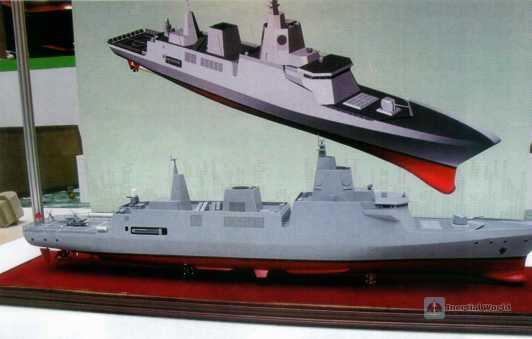
In order to prevent these anti-ship missile positions from becoming the focus of the PLA, the Taiwan authorities will set up 12 new "Sky Bow III" missile positions. In addition, in order to cope with the possible "town defense operations" in the future, the Taiwan authorities are also preparing to spend NT$1.28 billion to purchase 1,485 "micro-drones" from the United States in the form of "military business regulations".
The Taiwan authorities spent hundreds of billions of dollars to purchase a large number of weapons from the United States, but looking at the amount of money, it can be said to be a big deal in the entire international arms market. But the problem is that if the Taiwan authorities want to use these weapons against the PLA, then they will really be playing out a real-life version of "Ants trying to shake a tree".
Take the 3,000-ton littoral combat ship as an example. Even if the Taiwan authorities complete the procurement of six ships, they can only compete with the PLA Navy’s frigates. In the PLA Navy, there are more than 40 Type 054A frigates with a displacement of 4,000 tons, a ratio of 6 to 1.
If we consider that the Taiwan Strait is a near-sea operation, a large number of Type 056/056A light frigates can also participate in the war. Then, the total number of ships that the PLA can use to deal with these six littoral combat ships will exceed more than 100. It can be said that even if the PLA Navy uses three frigates to deal with one sea-going combat ship, there are still 82 frigates waiting in line as "substitutes". The gap between the two sides in terms of fleet size is already so huge, and in the field of anti-ship missiles and drones, the Taiwan authorities and the PLA are even more different. The weapons purchased by the Taiwan authorities are already "a dwarf compared to the PLA" in terms of quantity. The gap in quality and performance can only be described as "beyond reach".
Take the littoral combat ship as an example. This ship with a displacement of 3,000 tons is actually a medium-sized ship, but the weapons it is equipped with are only 57mm main guns and "CIWS" close-in defense systems. Of course, it can also be modified to add 8 units of MK-41 vertical launch systems to launch 32 "Improved Sea Sparrow" air defense missiles; it can also set up Mk70 "missile containers" on the apron to launch "Standard-6" air defense missiles, and it can also install 2 quadruple launch systems in front of the bridge to launch NSM anti-ship missiles. But this kind of transformation requires a lot of time on the one hand, and on the other hand, whether the hull of the littoral combat ship can support such a high-intensity transformation. It should be noted that more than half of the "Independence" class littoral combat ships have cracks in their hulls.
Even if these littoral combat ships can complete the transformation plan as envisioned, will they be able to play a role in naval warfare? You know, the warhead of the NSM anti-ship missile is only 120 kilograms, nearly 50% less than the 221 kilograms of the "Harpoon". Moreover, this type of missile can only fly at subsonic speeds, and its maximum range is only about 185 kilometers. With such combat power, even if it can be launched first in naval warfare, it is difficult to break through the PLA’s three-layer anti-missile firepower at long, medium and short distances. After all, the NSM is just a subsonic missile made in Norway, and there is no "amazing black technology". Compared with the PLA’s heavy anti-ship missiles that can easily reach a range of more than 300 to 500 kilometers and fly at supersonic speed, they can only be regarded as "boy scout toys".
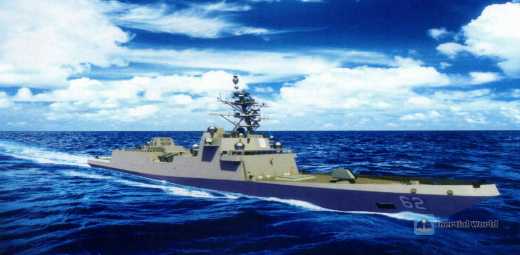
Anti-ship missiles cannot pose a threat to the PLA Navy’s ships, so facing the PLA’s three-dimensional "saturation attack", these six littoral combat ships have no room to fight back. Take the PLA’s Taiwan Strait exercise in September as an example. From the issuance of the exercise order to the 103 military aircraft of various types flying around Taiwan Island, it only took 2-3 hours. During this time, these littoral combat ships of the Taiwan Navy may not even have the opportunity to start and go to sea, and they were scrapped at the dock under the saturation attack.
Today’s PLA has the world’s strongest army, and has also established a powerful ocean-going navy including 3 aircraft carriers, with a powerful fleet of fourth-generation fighters, fourth-generation and a half fighters and fifth-generation fighters in the air. Under the circumstance that a large number of cruise missiles, drones and long-range rocket launchers can provide firepower coverage to Taiwan Island, the PLA’s weapon systems for high-intensity operations in the far seas are not prepared for the Taiwan military at all. The Taiwan military does not have the strength and qualifications to be the opponent of the PLA. As the spokesperson of our Ministry of National Defense often says, "resisting reunification by force" is a dead end. This is by no means a "verbal deterrence", but a "warning" under the absolute advantage of strength.


In short, at a time when the Tsai authorities are extremely keen on advocating "resisting reunification by force", purchasing littoral combat ships seems reasonable, but in fact, their effectiveness is limited. First, the LCS is designed with good maneuverability and strong offensive capability in the near sea. Compared with large ships, the LCS is relatively fragile and has low structural reliability. The comprehensive evaluation results of the LCS by the US Department of Defense’s Operations and Test Evaluation Office show that the LCS can only cope with low-intensity confrontations with non-equal opponents in low-confrontation environments. In high-intensity confrontations with equal opponents, not only does the key system lack the necessary redundant backup, but the comprehensive combat capability is also insufficient.
Second, the LCS is too expensive. The budget document for the 2010 fiscal year shows that the total cost of the first ship "Freedom" has reached 637 million US dollars, and the total cost of "Independence" has reached 704 million US dollars, which is 3.2 times the initial budget. The second-hand disposal price of two MT30 gas turbines alone is more than 20 million US dollars. If the Taiwan authorities insist on promoting this arms sale, the final transaction price is likely to exceed the psychological price.
Even if the purchase is successful, the limited annual fiscal budget will hardly support the ammunition and maintenance costs it needs. According to 2021 figures, the average annual operating cost of a littoral combat ship has dropped to $70 million, but the average annual operating cost of the Arleigh Burke-class, the main destroyer of the US Navy, is only $81 million, only 15.71% higher than the littoral combat ship. Such high expenditures are unbearable even with the US military aid bill.


